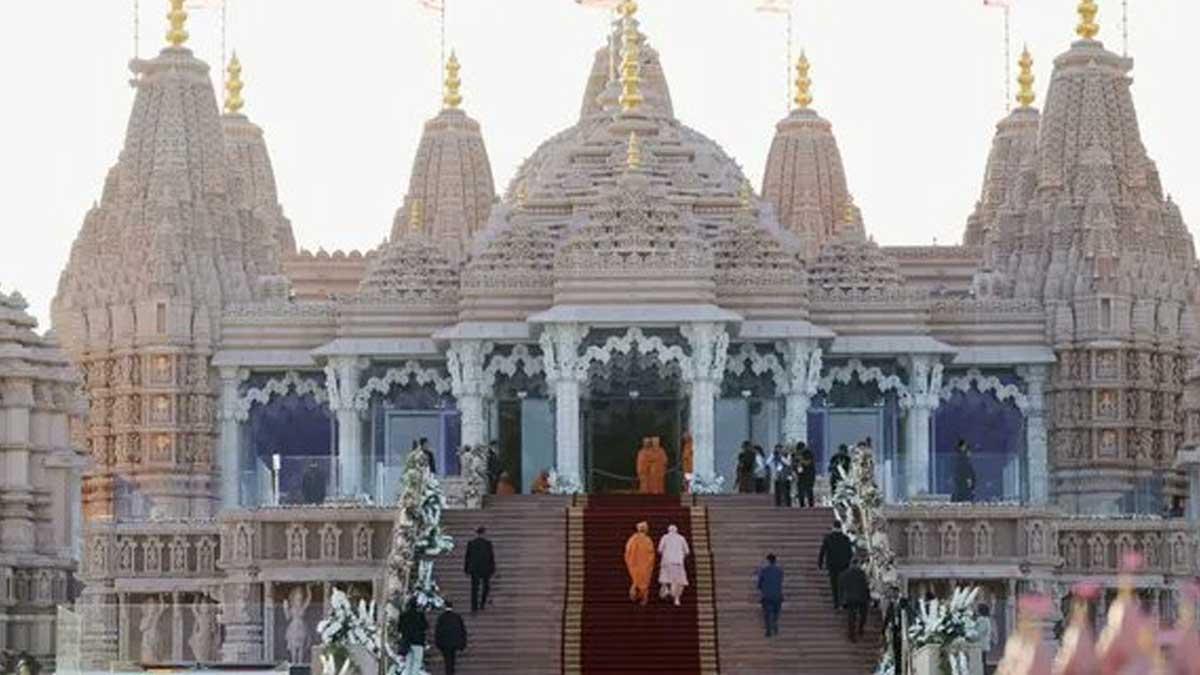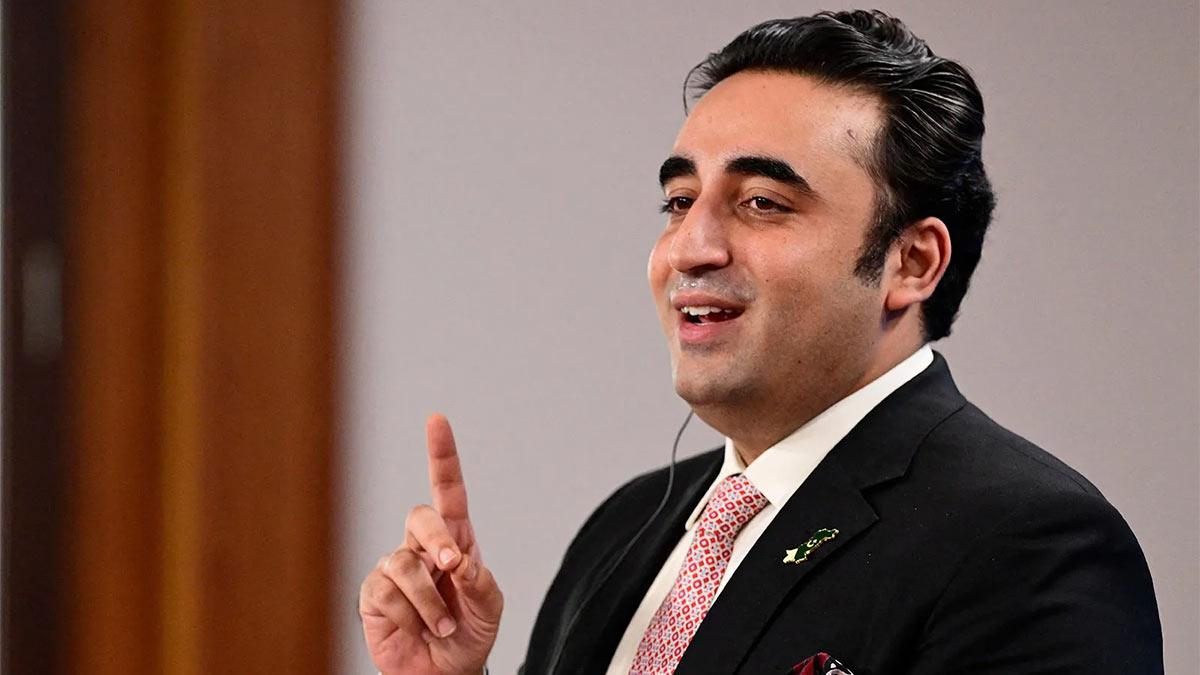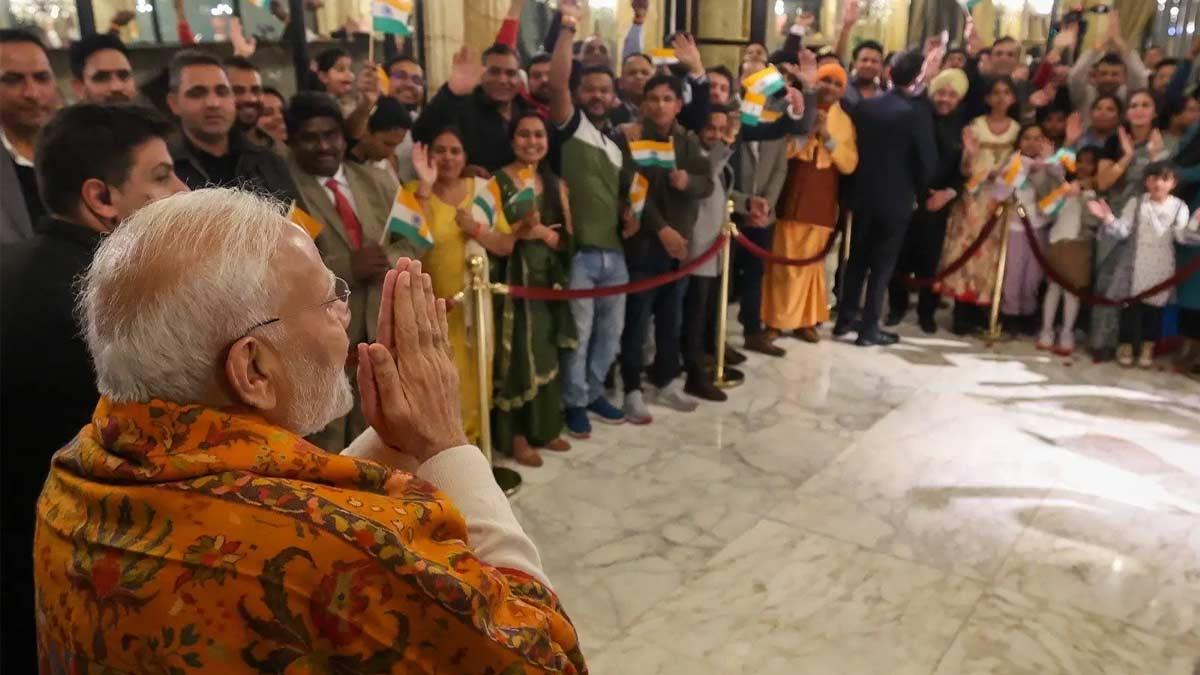Within just a month of its public opening, the inaugural stone Hindu temple in Abu Dhabi has drawn an astounding 350,000 devotees, as reported by temple authorities. The temple, graced with the presence of Prime Minister Narendra Modi during its February inauguration, welcomed visitors from March 1 onward.
Throughout March, the temple saw a steady stream of devotees, with around 50,000 attending each weekend. Notably, the temple remains closed for private prayers on Mondays, allowing access for 27 days out of the 31 in March. A spokesperson highlighted the nightly Ganga aarti ceremony, performed on the Swaminarayan ghat from Tuesday to Sunday, using holy water from the Ganga and Yamuna rivers brought from India.
The grand dedication ceremony, attended by over 5,000 guests on February 14, marked the beginning of this architectural marvel's journey. Situated on a 27-acre site in Abu Mureikhah near Al Rahba, off the Dubai-Abu Dhabi Sheikh Zayed Highway, the temple was erected by the BAPS Swaminarayan Sanstha at a staggering cost of approximately Rs 700 crore.
Fashioned in the Nagara style of architecture, reminiscent of the Ram Temple in Ayodhya, the Abu Dhabi temple stands as a testament to exquisite craftsmanship. With 18 lakh bricks and 1.8 lakh cubic meters of sandstone sourced from Rajasthan, the temple stands tall as Abu Dhabi's premier Hindu sanctuary.
Acknowledging its significance, the BAPS Hindu Mandir holds the title of the largest Hindu temple in the Gulf region. To facilitate access, a public bus service has been initiated during weekends, considering its remote location amidst the desert.
The temple's genesis traces back to Prime Minister Modi's historic visit to the UAE in 2015, where the allocation of land for temple construction signified a pivotal diplomatic milestone. The UAE's gesture was symbolic, given its substantial Indian workforce, estimated at 3.5 million, who form an integral part of the Gulf's workforce.
Adorned with seven spires representing the UAE's seven emirates, the temple's architecture integrates elements of both Indian and Emirati cultures. Intricate carvings of camels, falcons, and other iconic symbols pay homage to the host country's heritage.
Embracing diversity, the temple's design incorporates stories from various civilizations, including Indian epics like the Ramayana and Mahabharata, alongside tales from Mayan, Aztec, Egyptian, Arabic, European, Chinese, and African cultures.
Crafted with meticulous detail, the temple's interior boasts white Italian marble embellished with finely carved columns and walls. Architectural highlights include two ghumats named the "Dome of Peace" and the "Dome of Harmony," along with 12 samrans and 402 pillars.
Employing a blend of ancient techniques and modern innovations, the temple integrates over 300 high-tech sensors for temperature and seismic monitoring. To reduce its carbon footprint, the foundation incorporates fly ash, while nano heat-resistant tiles ensure durability.
The temple's facade showcases exquisite marble carvings juxtaposed against a sandstone backdrop, crafted from over 25,000 stone pieces by skilled artisans from Rajasthan and Gujarat. The meticulous transport of pink sandstone from northern Rajasthan underscores the dedication to architectural excellence.
Read also | Imran Khan Alleges Poisoning of Wife Bushra Bibi in Sub-Jail Custody
Read also | Foreign Employment Fills Gaps in Unwanted Jobs: Minister's Statement


















